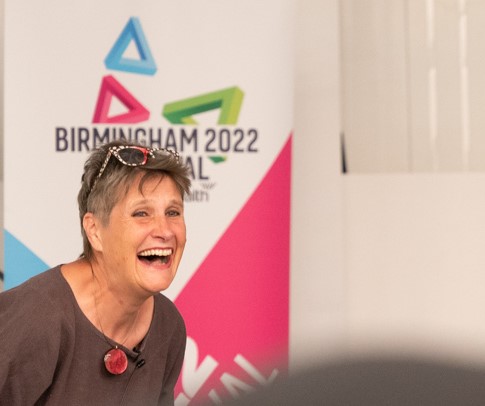Living in the countryside brings its own risks of isolation. The perception that close-knit rural communities provide a buffer against loneliness might be the reality in some areas but it’s by no means true for all. Continue reading “Loneliness and rural communities”
Loneliness and new communities
When post offices in rural communities were shut down[1], it was not just the inconvenience that residents complained about. People who lived in the affected villages regularly reported that the “heart had been ripped out of their community.”[2] Continue reading “Loneliness and new communities”
Loneliness and younger people
It’s a little known fact that the younger adults are, the more likely they are to feel lonely. Those in the 18 to 24-year-old age group are more vulnerable to loneliness than those in any other age bracket. (48% feel lonely often compared with 25% aged over 65.)[1] Continue reading “Loneliness and younger people”
Loneliness and older people
Loneliness is not an inevitable part of old age, but older people are at particular risk of becoming lonely due to the increased likelihood they will experience bereavement and ill health. What’s more, the risks of being lonely are increasing due to changes in our social structure, including: Continue reading “Loneliness and older people”
Loneliness and mental health
Loneliness can be both a cause and a result of mental illness. We know that when people are lonely, they’re more vulnerable to common mental health conditions such as depression, anxiety, paranoia or panic attacks. These conditions can then cause people to become even more isolated and lonely, leading to a downward spiral of unhappiness and despair. Continue reading “Loneliness and mental health”
What does loneliness look like?
Most of us can say, from our experience, however small, what loneliness feels like, but what does it look like? That question was more than hypothetical when trying to imagine how my most recent publication Loneliness: Accident or Injustice? would be illustrated. Continue reading “What does loneliness look like?”
Fifty Shades of Gold – the road show
During March 2014, I will be speaking at two Birmingham venues on Fifty Shades of Gold – a reflection on midlife using poetry, Jungian literature and the art of Birmingham artist Jake Lever. Continue reading “Fifty Shades of Gold – the road show”
Suspend your rational faculties
A word of advice on reading Jay Griffiths’ Kith, The Riddle of the Childscape – suspend your rational faculties. Surrender to the lyricism. Let nostalgia woo you. Be carried on the wings of your imagination. Allow yourself to spiral into your childhood (either the one you really had or the one about which you fantasise) and go with Griffiths into a secret garden of faerie, forests, daemon and metaphor. Roam free. Continue reading “Suspend your rational faculties”
For Mother’s Day: the untold story
So far, I have spent almost seven years trying to come to terms with my experience of giving birth. I was beginning to wonder if I ever would, and then I read this, by psychologist Daniel Stern (pictured), who assured me that I wouldn’t. Continue reading “For Mother’s Day: the untold story”
Bring ‘Em All In – starring Flaming Nora, Greenbelt Festival and my sis
[youtube http://www.youtube.com/watch?v=YznFrNxP-8A&w=560&h=315]
This video brings together so many things I don’t know how to categorise it….
It’s the all-time uplifting Bring ‘Em All In by Mike Scott, performed by the brilliant Flaming Nora and the full-on festival spirit of Greenbelt 2012 in a ceremony devised by my sister Tess Ward.
Thanks Duncan MaClarens for making it.
Now where does it belong? Poetry? Prayer? Community? Philosophy? Digital?
I’m going to put it in motherhood because I was standing in white next to my sister. Her daughter was beside her and her husband was behind us and my son was in front of us and my God-families were around us and because there was a sense of family that was bigger than all of that.
Bring ‘Em All In….
